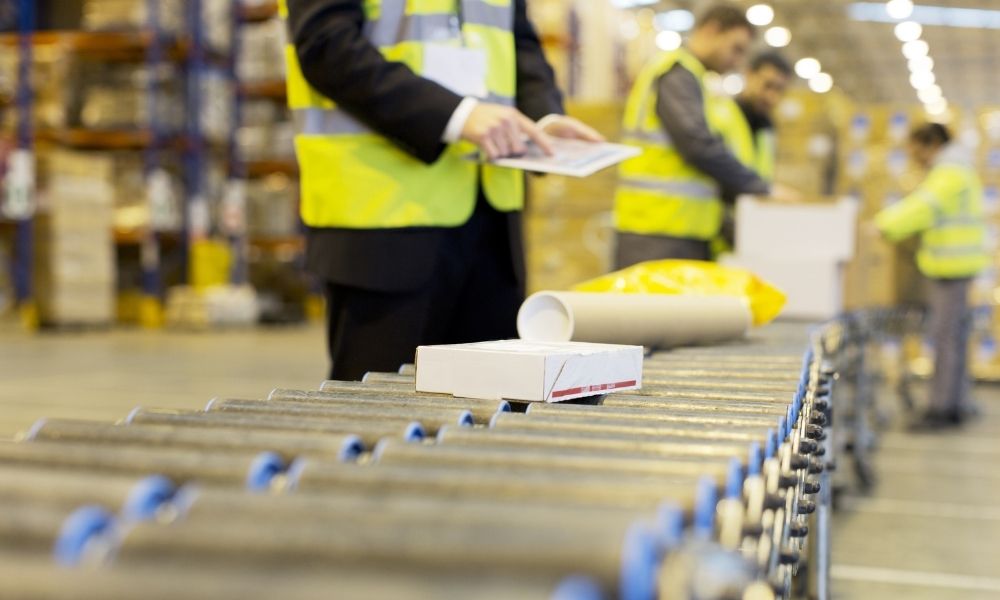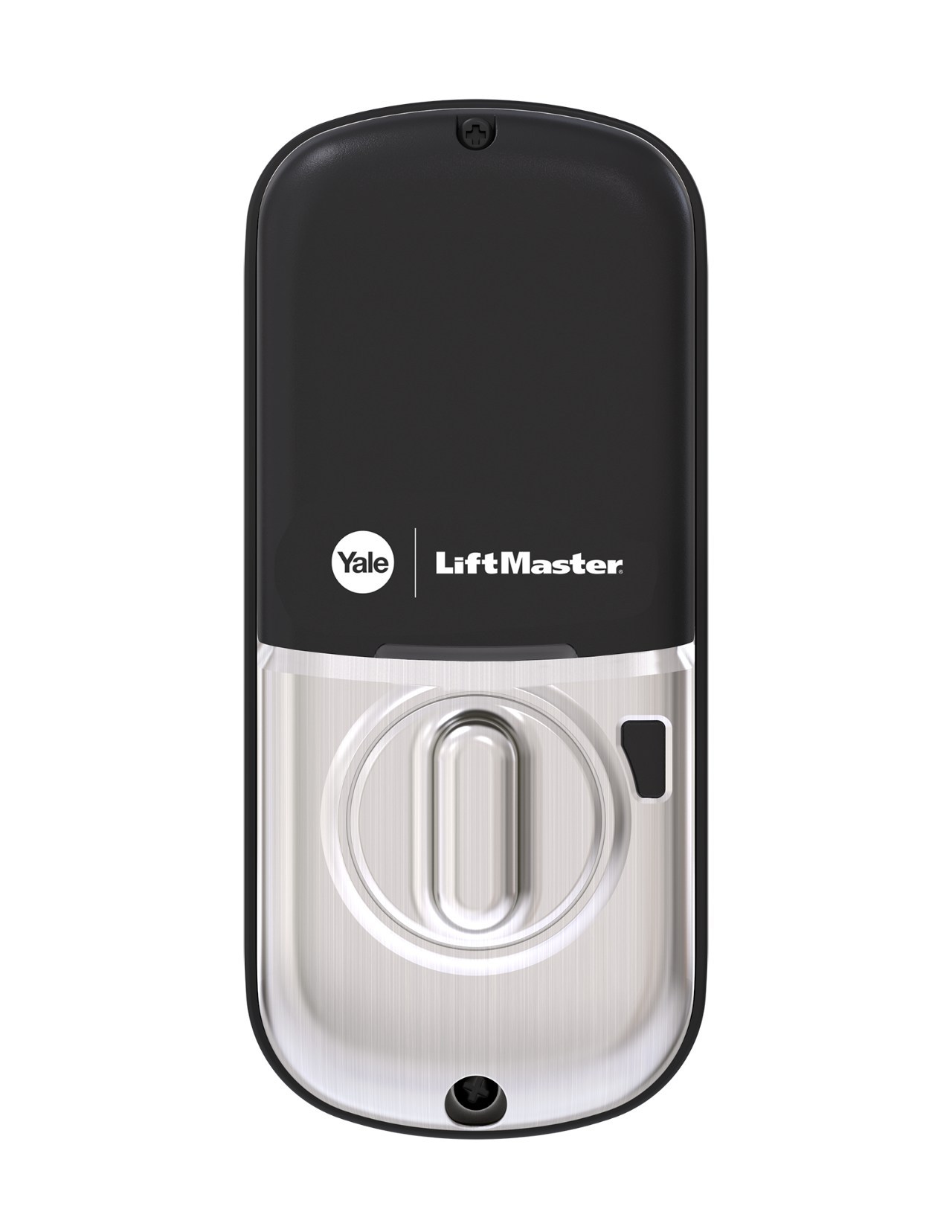Factors for Choosing a Conveyor Belt for Your Warehouse

Purchasing new tools and equipment to make your warehouse more efficient takes time since you have to look into how you’ll utilize each asset. Not only that, but some items, like conveyor belts, come in various options, and you need to decide what’s best for your business. Jot down these factors for choosing a conveyor belt for your warehouse so that your business can continue thriving!
How Will You Use It?
The type of product you’ll use on the conveyor system matters since some materials are best suited for specific tasks. By understanding the best general-purpose conveyor belt material, finding the right material becomes a lot easier. Also, different products have different types of belts; chain belt conveyors are common when moving many products, while steel belt conveyors are for heavy-duty materials.
For example, if you handle food, then urethane and PVC are the most common. Remember that if you work in the food industry, the system may require a washdown to ensure everything remains sanitary.
Pro-Tip
Take note of the product specifications, specifically weight, size, and type. Like other warehouse equipment, conveyor belts have a weight limit, so purchasing the perfect fit is essential. By doing otherwise, you may face hefty repair fees.
What Are the Processing Demands?
Processing demands are an essential factor for choosing a conveyor belt for your warehouse. Those who need to move a lot of heavy materials need a larger system than a small warehouse that only moves things a couple of times a week.
By noting how you’ll use the conveyor system, you can also narrow down the size you’ll need. If you’re moving large materials, you’ll need a wider conveyor belt that can handle the weight.
What’s the Warehouse Environment?
What other kinds of work do you do in your warehouse? If you need to saw materials or handle liquids close to the conveyor belt, the residue could get on your conveyor belt if it’s too close. This could lead to damage or lower the life expectancy of your conveyor system.
In a similar light, the materials you’re moving also impact the system since some food types—like ice cream—need to remain at freezing temperatures. Find the conveyor belt capable of handling these required temperatures. By considering these factors, you’ll find the appropriate conveyor system for your warehouse.





